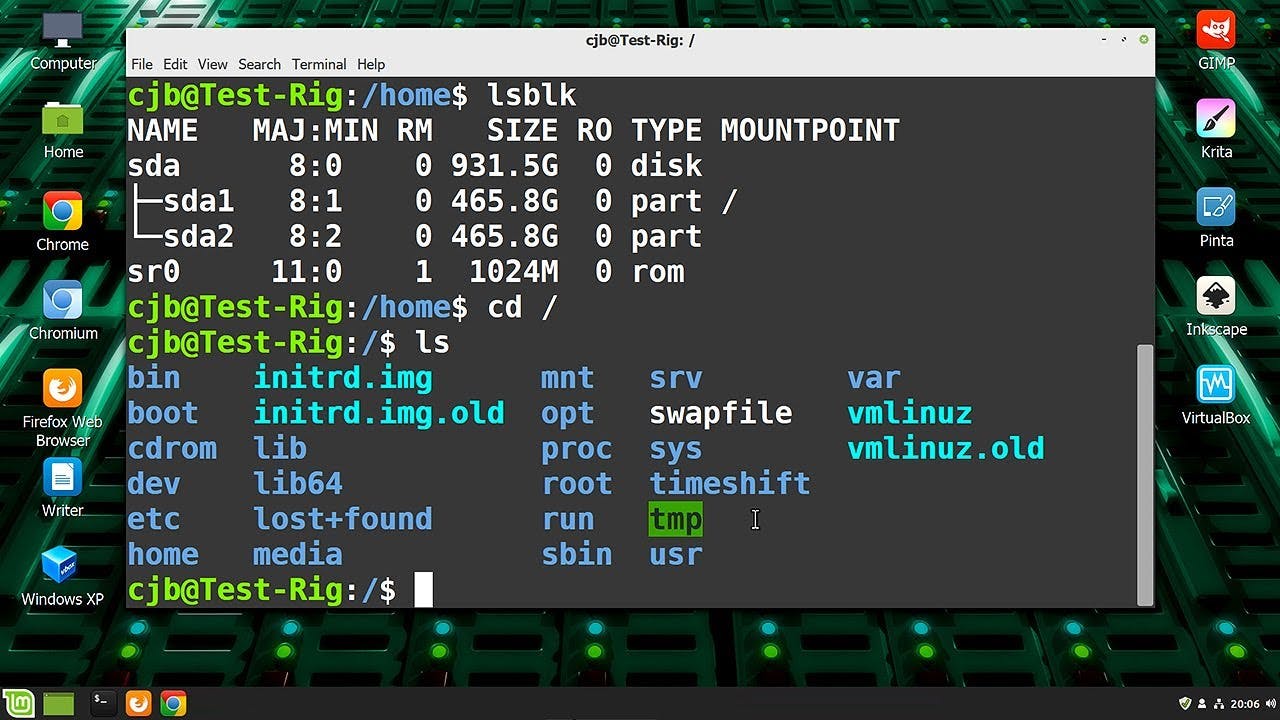There are many reasons why people don't use Linux in their daily driver. I'm here to breakdown what I observed so far within the development community.
When you go through the cafeteria of any IT company you'll be able to see most people behind their macbooks while according to stack overflow survey most people drive windows and a very little number of the developers use some sort of Linux distro. There are many reasons for this. Most common reasons are;
1. Being difficult to install.
2. Hardware compatibilities.
3. So many distros and so many choices.
4. Fear of command line.
5. Software compatibilities.
This may differ from person to person, region to region, lifestyles and various other reasons. Lets discuss one by one.
1. Being difficult to install. 💿
Most computer manufacturer's doesn't send their product preinstalled with Linux to their consumer. Even though this situation is changing with the rise of companies like System76 and so on still this is not enough to gain people's attention. And even if people want to install Linux in their systems the process is so hard and most of the beginner end up damaging their hardware. This is a huge drawback for Linux. The chance of damaging hardware and lack of user-friendly installation process makes Linux not ideal for most people.
2.Hardware compatibilities. 💻
Linux can run on any low end machines. If you even find any smart coffee machine with potential to do many calculation then it might be running on some sort of Linux distro. Linux is that much light so it can work on low end hardwares. But this is not the case always. Linux kernel is barebones it lacks the compatibilities of most driver out there to efficiently work with the hardware of many systems. Sometimes your Wi-Fi won't work and some time even your built-in keyboard and trackpad won't work. You'll always need an external mouse, keyboard and an ethernet connection to solve these kinds of problems at first. Yes! this only happens once when you are setting up everything and if you do it correctly then their won't be any problems but sometimes you won't be able to fix them depending on various factors. For example: popOS comes with 2 versions one is for AMD and integrated graphics while the other one is for Nvidia graphics cards so if you download and install the wrong one you'll get errors. But this is not a case with Windows or MacOS.
(note: MacOS and Windows are also has hardware restriction, MacOS is hardware locked to work only with their own hardware and Windows requires a significant amount of hardware to run smoothly)
3. So many distros and so many choices. 🤯
Linux is open-source anyone can release their own version by customizing the existing ones. This cause so many distros. When you install and try out one distro and realize that it's not ideal for you then you have to remove it and reinstall another distro from the beginning which is havoc but their is solution for this. You can always try out the distro you like online on distrotest.net like websites or you can download the distro and try it out in a virtual machine. This saves lots of time and prevents from damaging your hardware every time you try to install a distro. Anyway the existing number of distros causes lots of confusion and every time you switch you need to setup everything again and again.
4. Fear of command line.

Fear of command line is common even among pretty experienced IT people. People tend to avoid as much as command line as possible. This is not a good habit but people inherit these habit and they just tend to stay like that. This bring fear on Linux. If you have any experience on how Linux looks like you'll know its mostly works with the terminals. Downloading packages to installing them to making some simple copy paste and etc.... is done through terminal in Linux. This makes people stay away from Linux.
5. Software compatibilities.
Software companies test their products 1st on Linux but most of them aren't optimized to work with consumer grade Linux distros. For example: zoom, which a common application these days has lots of glitches in KDE based distros.
If you are coming from Windows or MacOS you know that there are ton of software option for your workflow but in Linux you are limited with software options.
Adobe creative cloud software aren't compatible in Linux, most of the games are not optimized for many distros meanwhile the open-source content creation software like GIMP is not ready replace software like Adobe Photoshop and people who come from using of Adobe products to other products in Linux community gets frustrated by the limited feature available there. Don't get me wrong some open-source software are great than proprietary ones, software like OBS and DaVinci resolve are outstanding in performance and features. Anyway if a person got used to a product its very difficult to shift from one to the other without losing productivity so this make Linux less popular among people.
Linux is open-source and it gives more understanding about your system but its still not there to replace Windows or macOS in the market of operating system. With the rise of new events the Linux community is gaining attention from people around the world. Very recently Microsoft released their own Linux distro for developers, acts like this makes Linux gain more popularity and lets hope in near future all these solutions gets fixed and we can enjoy using Linux as our daily driver. ❤💻🐧
